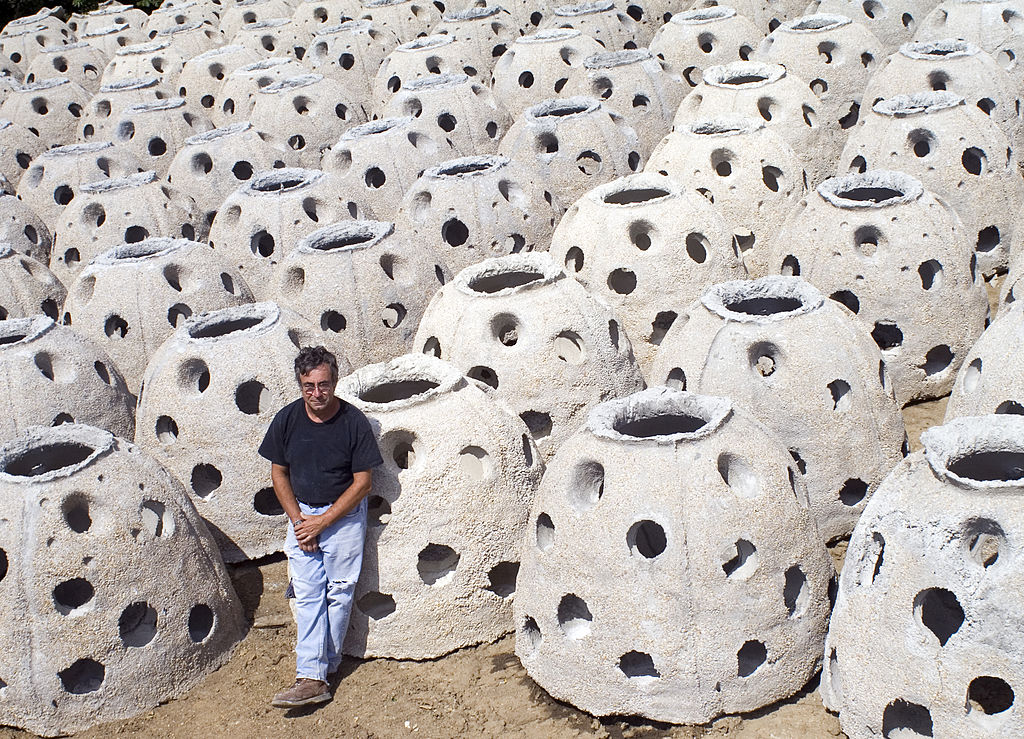A few years ago, the idea of putting one’s remains in a biodegradable casket that could be used to fertilize a tree grew in popularity. It’s not hard to see why this might be appealing. After all, if you’re concerned about your environmental impact, allowing one’s body to act as the catalyst for new life after you’ve died seems like a logical next step.
As it turns out, there’s also a similar procedure to this that’s gained popularity in aquatic environments. Reef balls are, essentially, concrete structures that can be placed in the ocean as a habitat for marine life. They’re typically made from concrete — but some companies are blending cremains in with the concrete, giving the deceased a way to take part in the restoration of underwater ecosystems.
A recent article by Abby Young-Powell at The Guardian notes that this has been gaining in popularity in recent years. The article cited the work of Eternal Reefs, a nonprofit that blends concrete and cremains and then sends the deceased’s loved ones coordinates of where the reef ball is located. According to the article, the organization is now fielding three times as many requests as they did before the pandemic.
It does prompt one big question, however — is this process as environmentally friendly as it makes itself out to be? Several of the experts cited in the article see plenty of benefits to it, including raising awareness of the new reefs as they come together — and preserving them in the years to come.
Thanks for reading InsideHook. Sign up for our daily newsletter and be in the know.


















